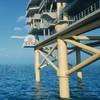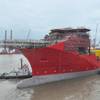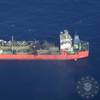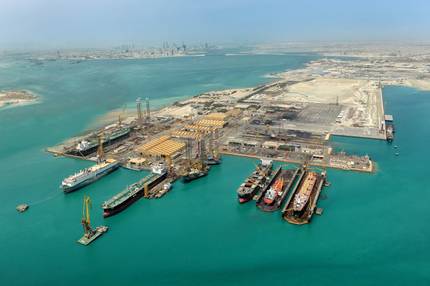After more than two years of development and successful performance trials at Howaldswerke-Deutsche Werft AG in Kiel, the Siemens-Schottel Propulsor (SSP) consortium was granted approval for the new SSP marine propulsion system. Classification society Det Norske Veritas was responsible for technical acceptance of the propulsion system for worldwide service.
The SSP is the result of a successful cooperation between two German marine industry stalwarts, Siemens Marine Engineering Subdivision and Messrs Schottel of Spay. Work began in 1997 on the development of a marine propulsion "pod" system that would be offering not only economic advantages, but superior technological performance. The pod-type propulsion system features an electric motor housed in a pod or nacelle suspended beneath the hull of a vessel, and providing direct drive to a propeller of propellers. The fact that the pod can be rotated about its vertical axis too, so that it points in any required direction, means that the system also performs a steering function.
The power output of the unit tested at the shipyard amounts to 7MW, which corresponds to 9,510 hp.
Similar type pod systems have already been adopted for technically advanced uses, and have been specified and operational aboard such high value vessels such as cruise ships. The system is particularly interesting for the cruise ship market because its twin screws produce low noise and vibration levels to ensure passenger comfort. Siemens, one of the world's foremost suppliers of electric marine propulsion systems, provided a permanent-magnet motor, which has permanent magnets attached to the rotating rotor. The design of the permanent-magnet motor has been undergoing development and testing for the past 12 years and is now ready for general use, including by the Germany Navy. The Propulsor employs the patented "Twin Propeller System" developed by Schottel GmbH. The principle of the design is to share the propulsive power between two screws so that it is possible to employ propellers with a lower specific loading and very high efficiency which, as well as producing less noise and vibration, also allow significant savings in energy consumption to be made. The SSP comes in sizes from 5,000 to 30,000 kW.
Sponsored Content
Still trying to leverage digital in your operations? Create your own advantage

Pacific Titan Arrives on the U.S. West Coast — Redefining Heavy-Lift Capabilities
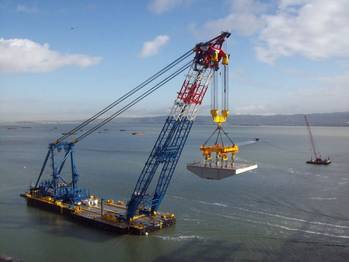
October 2025
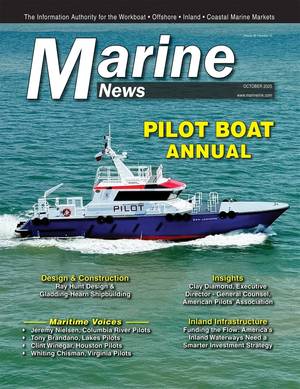 Read the Magazine
Read the Magazine

 Read the Magazine
Read the Magazine
This issue sponsored by:

Insights: Clay Diamond, Executive Director - General Counsel, American Pilots' Association
Subscribe for
Maritime Reporter E-News
Maritime Reporter E-News is the maritime industry's largest circulation and most authoritative ENews Service, delivered to your Email five times per week



